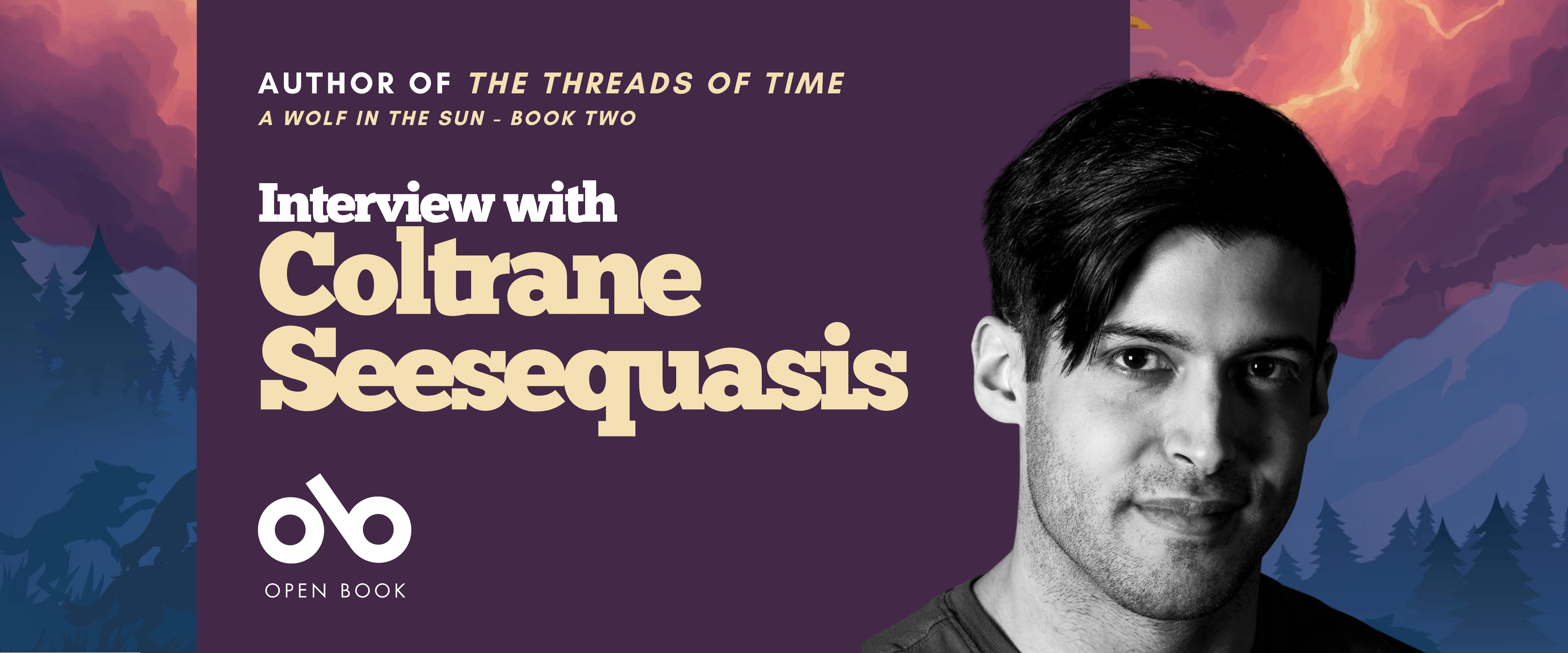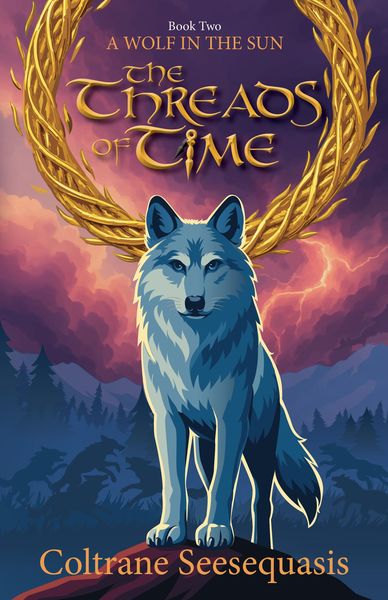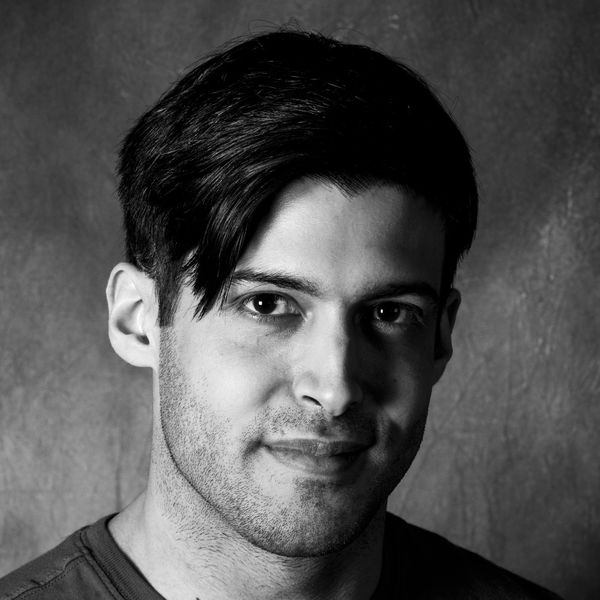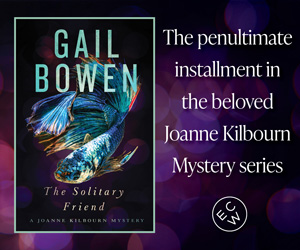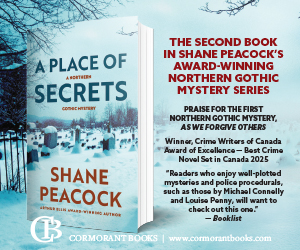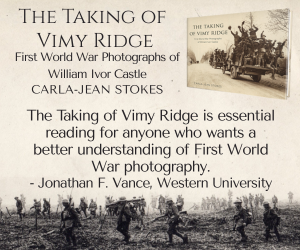Coltrane Seesequasis Continues the Powerful A Wolf in the Sun Series with THE THREADS OF TIME
In The Threads of Time (Kegedonce Press), the second novel in the A Wolf in the Sun series, the very talented Coltrane Seesequasis takes readers back to a world of ancient rivalries and haunting choices. After seizing control of time itself, Silversong stands at the crossroads of power and purpose. His newfound abilities could reshape the fate of his kind, but every choice brings him closer to the heart of a conflict that could unravel the very fabric of their world.
As the wolves of the Four Territories gather and old grudges ignite, Silversong faces a reckoning with his past and his ideals. Torn between the rigid order of the Warden and the destructive rebellion of the Heretic, he must confront not only his enemies but the burden of destiny itself. With its blend of mythic tension and emotional depth, The Threads of Time deepens the series’ exploration of loyalty, faith, and the high cost of change.
With his A Wolf in the Sun series, Seesequasis has built an expansive world of adventure and self-discovery, led by an unforgettable young protagonist. Blending classic fantasy elements with a distinctly thoughtful voice, Seesequasis brings depth and originality to YA storytelling.
We've got an excellent Bright Young Things with the author today, right as the series grows toward its much-anticipated fourth and final book, in which he reflects on the challenges of worldbuilding for younger readers, the creative rituals that fuel his writing, and why finishing that first draft will always be the sweetest victory.
Open Book:
What, in your opinion, is unique about writing for young adults? What are some of the pleasures and challenges?
Coltrane Seesequasis:
Originally, I didn’t intend to write this series for a young adult audience. That idea came about when I realized that writing from the perspective of an animal while also pitching that story as an epic fantasy was kind of a hard sell for agents, and so I had to go back and revise the way the manuscript was structured.
Therein lies the unique challenge about writing for young adults: how do I make the story more compact and character-focused while also not forsaking the grand scale of the world I built?
It took a lot of trial and error, but eventually I settled on condensing the story so it focused more on the young protagonist, Silversong, and the main conflict brewing around him. Then, I sprinkled hints of the world’s grander scale all throughout the novel, and if you follow the worldbuilding closely, you can piece together things about the setting that aren’t explicitly explored in the series.
If there’s one thing that I particularly like about writing for this audience, it’s that I don’t feel the need to pull my punches when tackling complicated topics or difficult themes, and I can generally explore those issues at a deeper level than if I was writing for a lower grade.
Your CanLit News
Subscribe to Open Book’s newsletter to get local book events, literary content, writing tips, and more in your inbox
OB:
Did your book turn out similar to how you originally expected it to, or did it change through the writing process?
CS:
This might come as a surprise, but the only book (so far) that really underwent extreme changes was the first book in the series, Secrets of Stone. I guess that during the first few drafts, I was still subconsciously figuring out how to structure my story in a coherent way, and that process led to many long writing sessions of trial and error before everything finally “clicked.”
During that time, I was also learning about the characters as I was writing them, and the more time I spent with them, the more I realized that I would have to tweak their scenes in the opening chapters because they weren’t as fleshed out then as they were in later chapters. It’s all about keeping things consistent.
Now, with book two and book three, other than a few minor changes and edits, everything has stayed much the same since the first drafts. Getting the ball rolling with Secrets of Stone has made writing the sequels easier since I have a solid idea of what I want the characters to do and where I want them to end up.
Although, as I approach the challenge of writing book four, the final book in the series, I’m anticipating some reworks that might have to be done so everything is tied together in a neat little knot by the end. That’s just the nature of first drafts—it’s never smooth sailing all the way through.
OB:
YA features some strong genre themes and tropes (for example, the chosen one, the outsider protagonist, missing or dead parents). How do you feel about those elements of the genre?
CS:
I think that if something ain’t broke, you have two options—either you don’t fix it, or you tweak it with the goal of putting your original spin on it. These tropes are so prevalent in the YA genre because they are tried and true methods of storytelling, and they give writers great narrative opportunities despite the sometimes cliché nature of these tropes.
However, when it comes to the series I’m currently writing, I did try to shy away from what has been done time and time again. This is mainly because the tropes we see so often don’t mesh well with the specific story I want to tell.
Silversong’s parents are both alive and supportive of their son, who doesn’t fit the “chosen one” archetype, and although Silversong may question the status quo more than others, he’s not really what you would consider an outsider in the general sense. Although, he does share similarities with other popular YA heroes—he’s brave, stubborn, and he has this unshakable drive to do the right thing.
OB:
What do you need in order to write—in terms of space, food, rituals, writing instruments?
CS:
Over the years, I’ve come up with a simple formula that I must follow every time I start seriously writing.
A good night’s sleep is a must, or my mind won’t be sharp enough to convert the scenes in my head into sentences.
A filled stomach is also necessary, or my hunger will distract me every now and then, ruining my concentration.
A few cups of tea, preferably black, have become an integral part of my morning rituals before writing. I’ve got to have that caffeine boost or I’ll feel sloppy while tapping my keyboard.
No distractions! I need to be locked in my room while the world passes me by, completely immersed in the chapter I’m writing. I tend to get easily distracted by the littlest things, so I need to keep all outside influences to a minimum.
Finally, good ambient music playing in the background is a must. In particular, I find that video game soundtracks are really helpful tools to set the scene, and when I start writing, the music keeps me focused on getting words onto the page.
OB:
What’s your favourite part of the life cycle of a book? The inspiration, writing the first draft, revision, the editorial relationship, promotion and discussing the book, or something else altogether? What’s the toughest part?
CS:
Hands down, the best part is finishing that first draft. No matter how flawed or imperfect it is, getting to the last word of your novel is a huge milestone that merits celebration.
When I got to the end of the first draft of Secrets of Stone, it felt like the victory I had been working toward. I knew the manuscript needed to be improved and edited, but the hardest part was now behind me. I had a coherent story in my hands, and all I had to do now was polish it up again, and again, and again until it reached the level that literary agents are looking for.
While going over the same draft multiple times is indeed tedious, I find it’s no different than shining boots until they’re bright and sparkly. It’s just something you have to do if you want the manuscript to be presentable. On the bright side, it’s a good way to improve your writing skills because you’ll eventually pick up on your own flaws as a writer and improve them for future drafts.
So for me, getting that first draft done is both the most satisfying part and the most difficult one. You can have all the different scenes and chapters planned out from the get-go, but at some point or another, the characters and the story might pull you in one direction and then another, and suddenly you’re taking a detour you hadn’t anticipated. Then you have to slowly guide the characters back to the original starting point. Writing a first draft is always an unpredictable affair for me, especially when it’s the first book of a series like this one.
_____________________________________
Coltrane Seesequasis is a young fantasy writer of Indigenous heritage who grew up in Gatineau, Quebec. He first began his writing journey on long bus rides to school where he would alleviate the boredom by daydreaming of fantastical worlds, noble heroes, and unwavering villains. Eventually, he put those ideas to paper and started writing stories of his own with the hopes that they would one day morph into something more than just a passion. His debut novel, Secrets of Stone, is the first book of a planned series that follows a young wolf called Silversong, in a fantasy world similar to our own. Inspired by a love of nature as well as myths and folklore that challenge the limits of creativity, Coltrane joins a new generation of writers, adding his voice to the immersive genre of fantasy.
